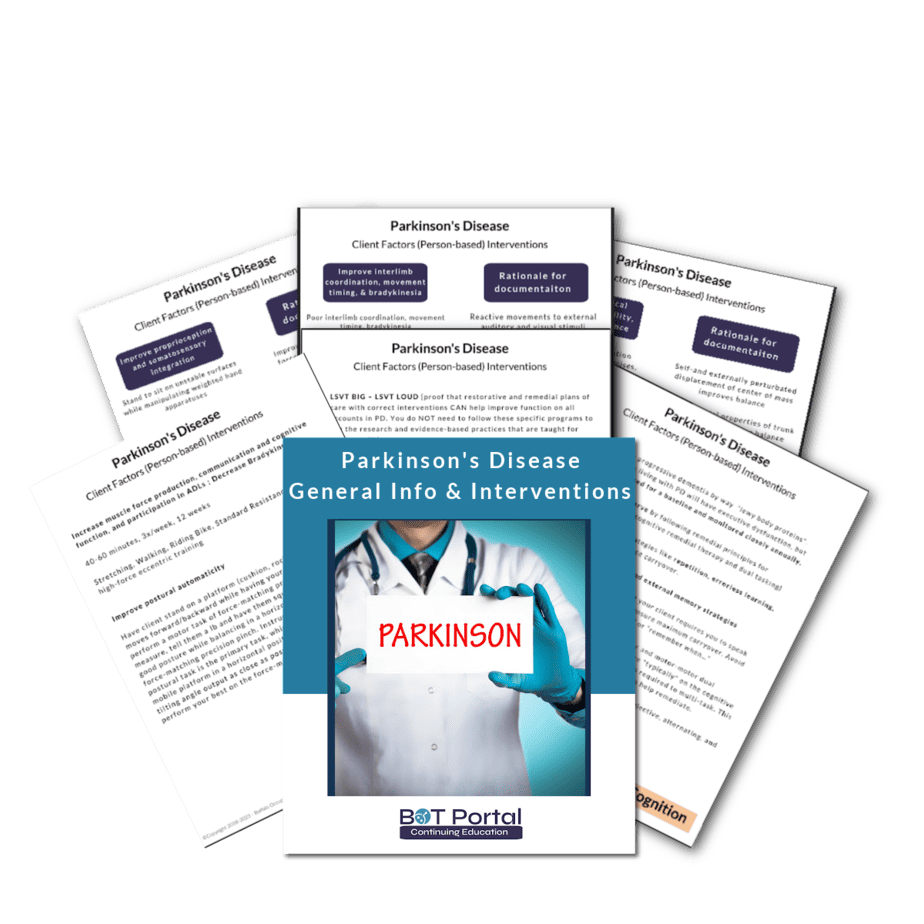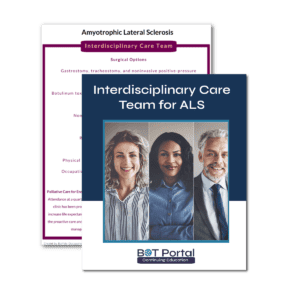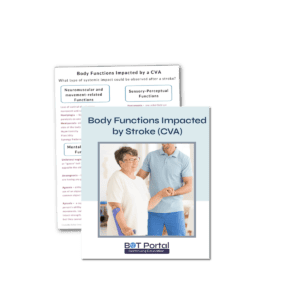Description
Parkinson’s Disease General Information
General Overview of Parkinson’s Disease
Parkinson’s Disease (PD) is a neurological disorder that affects millions of people worldwide, most commonly those over the age of 60, although it can occur in younger individuals as well. Named after the British physician James Parkinson, who first described the condition in 1817, Parkinson’s Disease primarily impacts movement but can also involve a wide range of symptoms affecting various aspects of daily life.
The hallmark symptoms of Parkinson’s Disease include tremors, stiffness, slowness of movement (bradykinesia), and difficulty with balance and coordination, though other symptoms include difficulty multi-tasking and experiencing various cognitive disorders. These symptoms often begin subtly and gradually worsen over time. However, Parkinson’s Disease is a highly individualized disease, meaning that the progression and severity of symptoms can vary greatly from person to person.
The underlying cause of Parkinson’s Disease remains largely unknown, but both genetic and environmental factors are believed to play a role. Researchers have identified certain genetic mutations that increase the risk of developing Parkinson’s Disease, but these account for only a small percentage of cases. Environmental factors such as exposure to pesticides, heavy metals, and certain toxins have also been implicated in the development of the disease.
Diagnosing Parkinson’s Disease can be challenging, as there is no definitive test for it. Instead, doctors rely on a thorough medical history, physical examination, and assessment of symptoms. Imaging tests such as MRI or CT scans may be used to rule out other conditions, while a DaTscan can help confirm the loss of dopamine-producing cells in the brain, a hallmark of Parkinson’s Disease.
While there is currently no cure for Parkinson’s Disease, several treatment options are available to help manage symptoms and improve quality of life. These may include medications that increase dopamine levels in the brain, such as levodopa and dopamine agonists, as well as physical therapy, occupational therapy, and speech therapy to address movement difficulties and improve daily function.
Living with Parkinson’s Disease can present many challenges, but with the right support from healthcare professionals, caregivers, and support networks, individuals with Parkinson’s Disease can lead fulfilling lives. Ongoing research into the causes and treatment of Parkinson’s Disease offers hope for improved therapies and ultimately, a cure for this complex and debilitating condition.
.Other Useful Links:
Check out BOT Portal: Resource Site for Occupational Therapy Students and Practitioners




